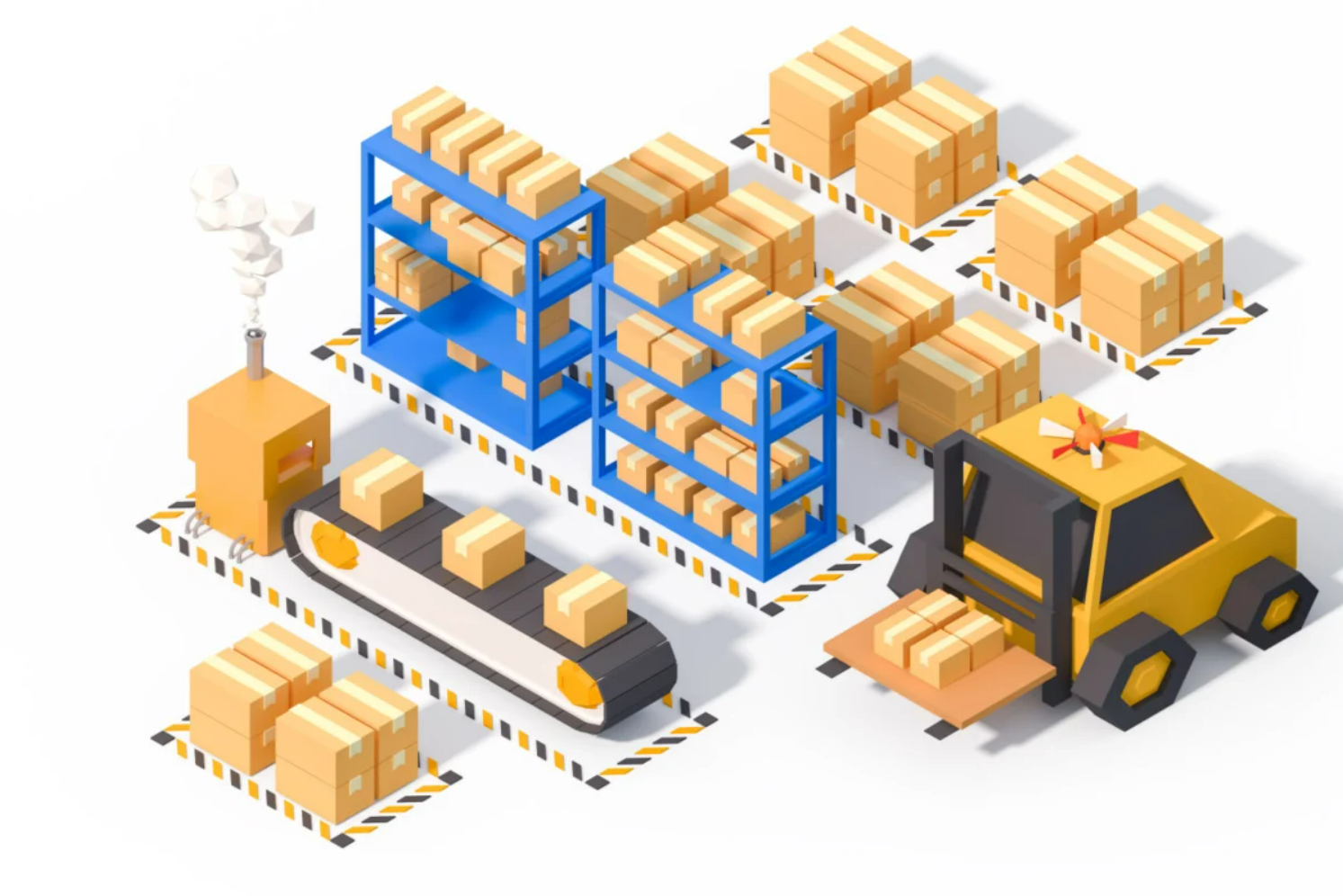Review these 10 missteps that can derail an IoT implementation and how to avoid them.
When Internet of Things (IoT) projects work how they’re intended, organizations benefit from greater visibility, automation opportunities and enhanced performance. In addition, the challenges enterprises face, from labour shortages and supply chain disruptions to rising costs, drive interest in this technology. In fact, by 2030, the global IoT market is projected to reach USD 4.4 trillion, growing at a CAGR of 19.67 percent.
This growth means there is plenty of opportunity for solutions providers. However, to get the most value from IoT investments, your clients need you to plan and execute projects carefully, avoiding these 10 mistakes.
IoT Implementation Mistakes to Avoid
- Not Clearly Defining the Problem
Companies and organisations often fall victim to the belief that IoT can solve all problems and be all things to all people. On the flip side, some companies don’t have a problem that an IoT implementation can solve and want to use IoT security, sensors, and devices just for “modernising.” Solutions providers need to be able to spot the fallacy in moving projects forward for these types of clients. The best, most successful IoT implementations address one problem and do it well.
- Trying to Reinvent the Wheel
Too often, solution providers will approach a problem by starting to build every component from scratch when commercially available IoT hardware or software platforms might work equally as well and enable a faster time to launch.
Conversely, some providers will attempt to use only available solutions rather than tailor the project to the client’s specific use case. The most successful implementations are a combination, moving forward incrementally and making the best decisions with each project stage.
- Not Thinking Ahead to Maintenance
If not enough in-house talent understands an IoT implementation, they won’t be able to maintain the system to ensure it continues providing value. That’s why balancing in-house and outsourced resources is so important.
As a trusted advisor, help in-house teams understand how to maintain IoT systems. IoT systems need to be monitored, updated, and secured long-term – and if they lack resources, offer your services.
- Inadvertently Introducing Security Vulnerabilities
Implementing new technologies has the potential to introduce security concerns to an organisation. Research IoT devices to ensure they’re designed with security in mind, as many have been found to have security vulnerabilities. Implementing separate networks for certificate management might be a simple solution.
As you work with your clients throughout planning and implementation, take a security-first approach, ensuring that each aspect of the system is as secure as possible with access control, encryption, monitoring, and other best practices.
- Inadequate Plan of Data Flow
The proof of concept and IoT pilot you conduct must show how the system will direct network traffic, handle storage, utilise the cloud or on-premises systems or other factors that impact performance. Once you have a configuration that works as needed, you can scale for full implementation.
- No Plan for Outages
IoT networks can’t function without connectivity. As a solution provider, help prospective clients understand the risks if the network or power is down. Consider failover, edge computing and battery power for mission-critical parts of the system and a troubleshooting plan to correct issues when they occur quickly.
- Energy Inefficiency
Solutions providers must help enterprises understand how much energy will be consumed within the product or system design. Too much energy consumption can make products and processes too expensive for businesses or consumers to maintain, thus impacting the bottom line.
- Poor Radio Range
IoT devices and sensors with poor radio range can destroy the success of an IoT implementation. Consistent, reliable uptime is critical. Help enterprises make smart choices about their chosen devices, weighing the cost and value of purpose-built devices at a higher price than cheaper, less reliable alternatives.
- Unrealistic Expectations About Cost
One of the most critical mistakes in IoT security or system implementation is underestimating costs. Help your enterprises understand that IoT projects commonly reach six figures and may take longer than original estimates. The key to keeping budgets on target is to do thorough research upfront with a cost analysis that goes beyond a single end product or process to manufacturing or production at scale.
- Rushing
Stakeholders may place pressure on you to speed through a project despite risks. This includes proper planning, tech selection, pilot testing, implementation, and monitoring. But it also includes buy-in from the enterprise’s employees, training, and possibly, a change in company culture. So help your clients with all the factors that will make the project successful.
Avoid Becoming Another IoT Project Statistic
When it comes to IoT security and other implementations, 74 percent of companies consider their IoT projects to be unsuccessful. As a solutions provider, you can position your expertise and knowledge to help clients navigate their IoT implementations.
Beat the odds by overcoming common pitfalls and planning and running successful IoT pilots that position your clients for the most value when integrating IoT solutions.



